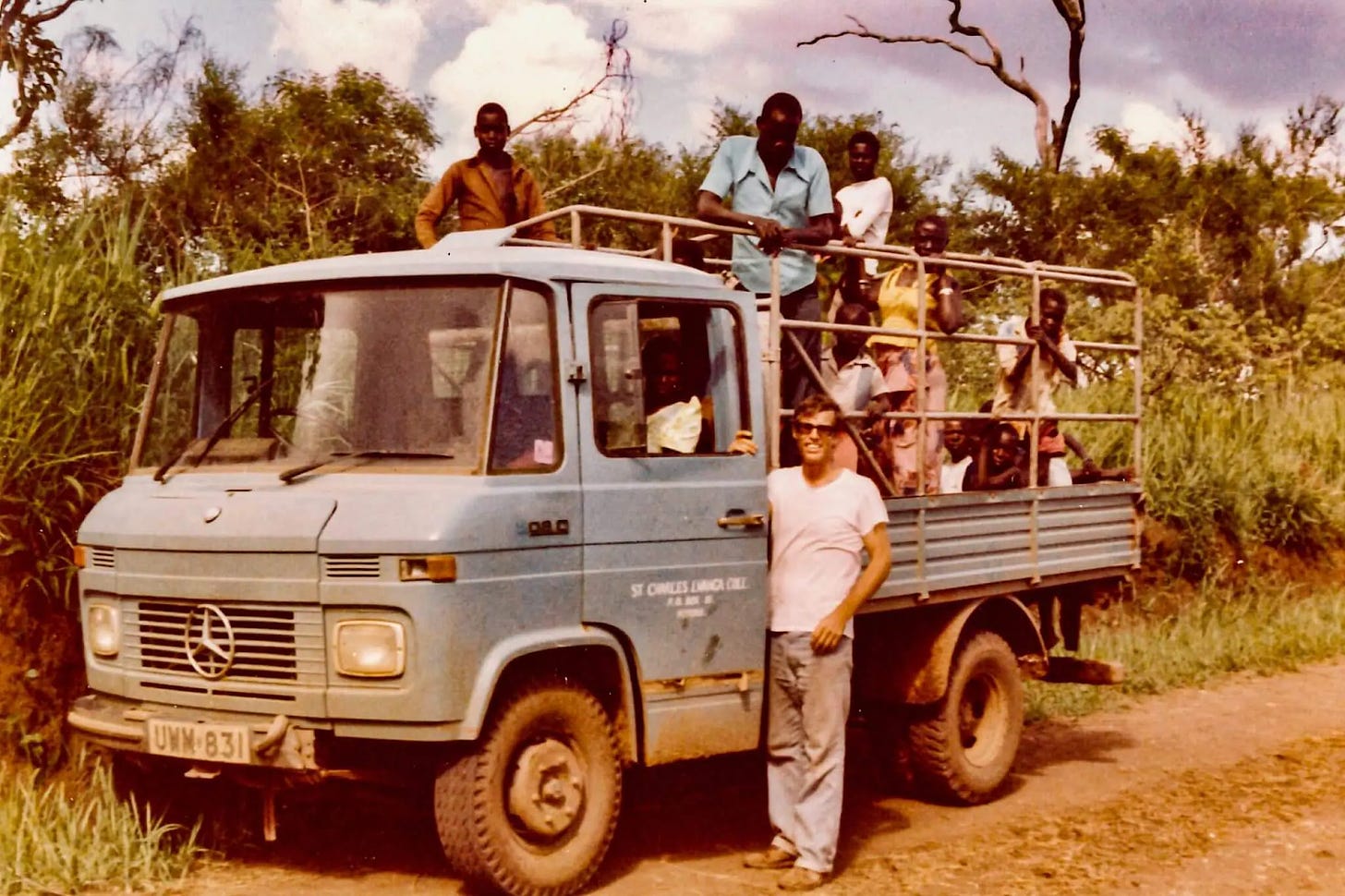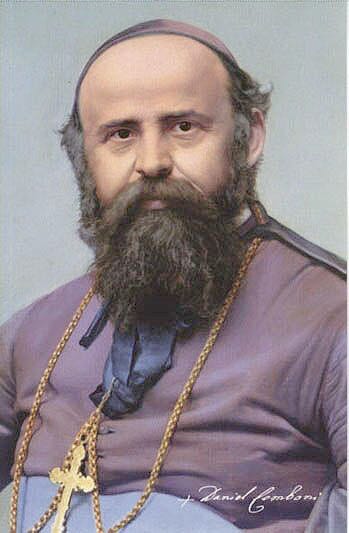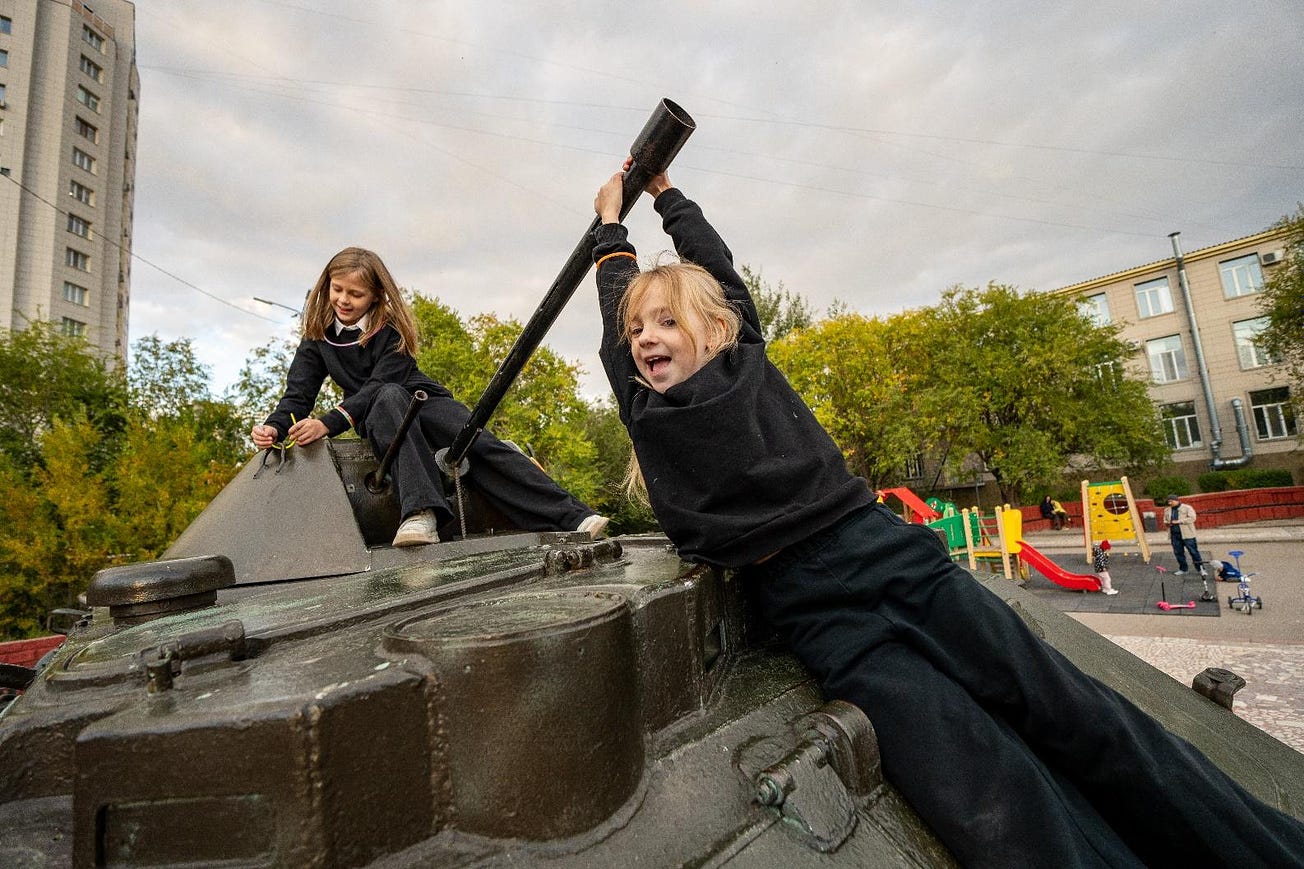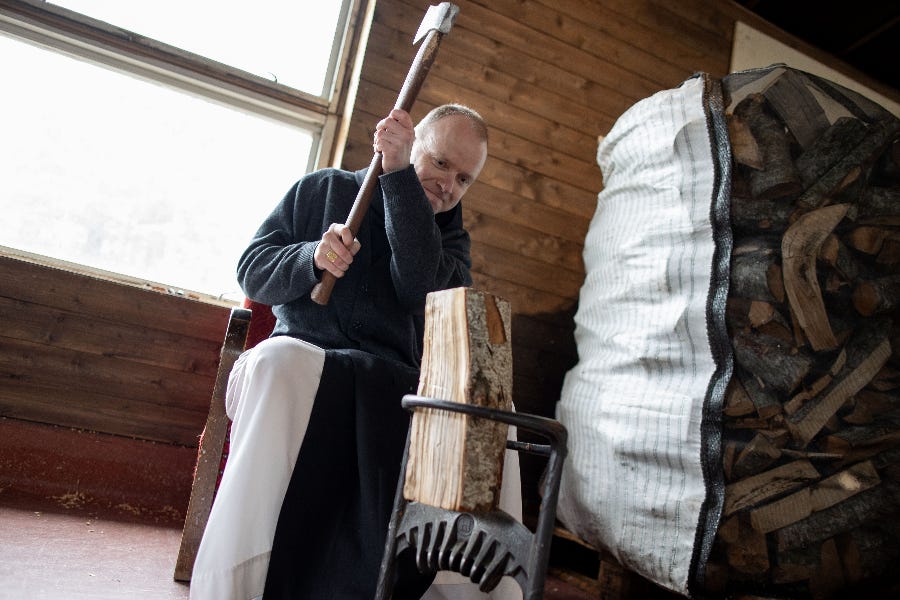Pillar subscribers can listen to JD read this Pillar Post here: The Pillar TL;DR
Hey everybody,
Today is the gap between two feasts, and you’re reading The Tuesday Pillar Post.
Yesterday, we celebrated the Feast of Our Lady of Victory, and tomorrow we celebrate St. John Henry Newman — whom I hope will be named a Doctor of the Church. The U.S. bishops’ conference agrees with me about that, by the way, and you can read why, right here.
But don’t sleep on another saint coming up real soon, the missionary Saint Daniel.
On October 10, Thursday, the Church celebrates St. Daniele Comboni, one of the greatest missionaries in modern history.
Comboni was an Italian, the fourth of eight children born to very poor landscaper parents. He was the only one of their children to live into adulthood. When he was a teenager, he was struck by novelized accounts he read of the Jesuit missionaries martyred in Japan in the 1700s. At 17, he vowed to God that he'd become a missionary like them, joining the African missionaries leaving from northern Italy at that time.
He became a diocesan priest at 23 (today that’s too young for priestly ordination) and soon after, he left with five other priests for Sudan. The idea was that they would raise money in Europe, to liberate children who were slaves in Khartoum.
But that didn’t happen. In fact, the mission didn’t work at all. Within two years, three of the six guys died. Two went to Cairo to be treated for malaria in hospitals. And Combini was so sick he had to go back to Italy.
A lot of people thought he’d gotten Africa out of his system, that he’d get better, then teach and take a parish.
But Fr. Comboni was quietly planning.
In Rome, in 1864, he conceived a plan for a new African mission — one where Africans would be the teachers and community leaders in their own communities.
The idea was a missionary society of priests and religious sisters who would raise money and support in Europe, and then create catechetical centers in Africa, to be led and taught by local people.
Comboni’s vision was this: His society would empower and equip Africans to proclaim the Gospel in Africa, while garnering support from rich people and noble families in Europe. Comboni wanted his European companions in the background — as aides, not saviors — and so he framed the whole idea in this phrase: “Save Africa with Africa.”
Of course, he got a lot of pushback. He was proposing lay and local leadership, in an era of considerable missionary clericalism. Trusting local people with hard-won resources was seen by some as a risky proposition, which some found too naive or idealistic.
It took a few years, but he did exactly what he envisioned, anyway.
Along the way, Comboni learned a bunch of African languages, launched a promotional missionary magazine, and attracted vocations, building a house of formation in Verona.
Despite skepticism about Comboni’s ideas in Rome, all of them actually took off. Comboni built and built, and the fruits were clear.
In fact, by the late 1870s, he was recognized as a missionary genius, even by the Vatican bureaucrats who found his in-the-background approach risky.
So in 1877, he was named the apostolic vicar of Central Africa, and consecrated a bishop.
Administrative and episcopal life didn’t really suit him. He didn’t set up much of a chancery in Khartoum, where he was based. Instead, he spent his time in villages. And in 1877 and 1878, when a drought in East Africa meant mass starvation — including the deaths of a lot of missionaries — Comboni found himself taking a lot of funeral Masses.
Of course, rolling up episcopal sleeves is risky. And Comboni eventually contracted the illnesses of the people he loved. In early October, 1881, he got a fever. It became clear that he had cholera.
On October 10, 1881, Comboni died in his bed, reportedly after giving instructions to his priests on some practical concerns for their catechetical centers.
“I’m dying,” he told them, “but the work won’t die.”
Indeed, the work didn’t die.
Today, his missionary society of men has more than 1,500 members, many of them Africans. In 2015, Fr. Tesfaye Tadesse Gebresilasie was elected the first African superior general of the Comboni Missionaries.

There are also more than 1,000 Comboni missionary sisters dispersed throughout the world.
I know some of those Comboni missionaries. They don’t mess around — the ones I know are orthodox, joyful, good-humored, and committed to Jesus Christ.
May St. Daniele Comboni intercede for us.
And while we’re here, let’s not forget to celebrate that bad-ass beard. Truly, the whiskers of a man on mission.
The news
Pope Francis on Sunday morning announced the creation of 21 new cardinals, who will be formally affixed to the College of Cardinals at a consistory on December 21.
The cardinals represent a broad cross-section of the Church — and are typical of Pope Francis’ style of appointment. Some are the metropolitan bishops of large places. Some are bishops from very small places. Some are theologians the pope likes, or junior Vatican officials he’s fond of.
At The Pillar, we’ll keep breaking them down this week, which we started in earnest yesterday.
First, Ed Condon asks whether the pope’s choices have anything to say about the Vatican’s position on the Middle East. With Cardinal Zuppi criticizing Israel last week, and the pope making Tehran’s bishop a cardinal, is the Vatican singling the Middle East out for special criticism, or is the Holy See trying to create itself a seat at the table to work for peace?
—
Next, given Tehran’s new cardinal, Michelle La Rosa takes a look at the state of the Church in Iran.
I suspect most readers of The Pillar know that Iran is one of the most dangerous countries in the world for Christians to live.
What you might not know is that Iran probably has more cathedrals-per-Catholic than any other country in the world. That’s right: With about 20,000 Catholics — maybe — Iran has six cathedrals.
(Here’s a reminder that Look Closer, spun out of Luke’s daily Starting Seven, is a little bit of perk bonus content as a thank you to paying subscribers. And also a reminder that this is good stuff, and a pretty good reason to subscribe.)
—
There is a lot going on in Rome right now. In addition to new cardinals, Pope Francis is overseeing the second annual session of the Synod on Synodality, which wrapped up its first week on Sunday.
Edgar Beltran is in Rome covering the synod, and I’ll be there next week, followed by Ed at the end of the month.
And listen, we’re of the firm conviction that the synod on synodality probably doesn’t need breathless minute-by-minute coverage of every week — by now, you’ve probably gotten the general idea.
But it is where a lot of ecclesial stories are germinating.
So Edgar Beltran broke down for you the five key moments of the Synod on Synodality’s first week.
And they actually are worth noting — including some powerful testimony from a Lebanese bishop.
That part of the island is majority Muslim, but has a tiny Catholic community. The rest of Cyprus is mostly Orthodox, but also has a very small Catholic minority — about 3% of the population.
The island is also ecclesiastically complex, as part of the Latin Patriarchate of Jerusalem, a particular church which covers mostly the Middle East, in addition to Cyprus.
To care for the Catholics of Cyprus, newly consecrated auxiliary Bishop Bruno Varriano is the region’s patriarchal vicar.
Varriano is the first Latin Catholic bishop living on Cyprus in 340 years!
And he talked with The Pillar this month about the unique challenges of the Cypriot Church, ecumenism in Cyprus, the division of the island, and the role of the Church in the war in the Middle East.
This conversation is worth reading.
If a member of the Kottayam archeparchy marries outside of the community, they relinquish their membership in the archeparchy.
But that legal policy has been under scrutiny for a while.
And The Pillar brings you the latest.
—
We have a lot more coverage coming to you at The Pillar this week. We’ll be breaking news, going in-depth, and running some very interesting interviews.
Thanks for reading, as always.
And in case you want to understand the future of humanity, watch this baby map.
Or have some fun finding out whether other people share your ethical principles. (Warning: you will spend a lot of time on this.)
Please be assured of our prayers. Please pray for us, we need it. And let’s all pray for the people bracing for Hurricane Milton.
And remember, we’re donating $10 to Catholic Charities hurricane relief efforts this month for every new or upgraded subscription. If you want to give with us, now’s a great time to subscribe.
Yours in Christ,
JD Flynn
editor-in-chief
The Pillar





